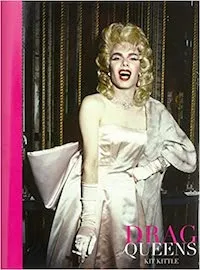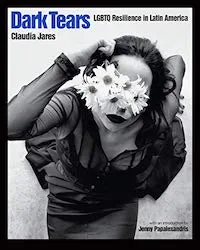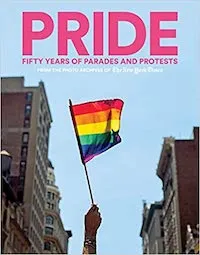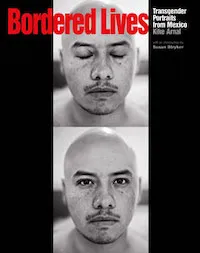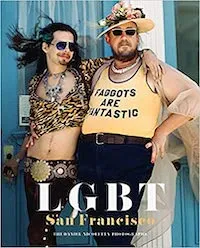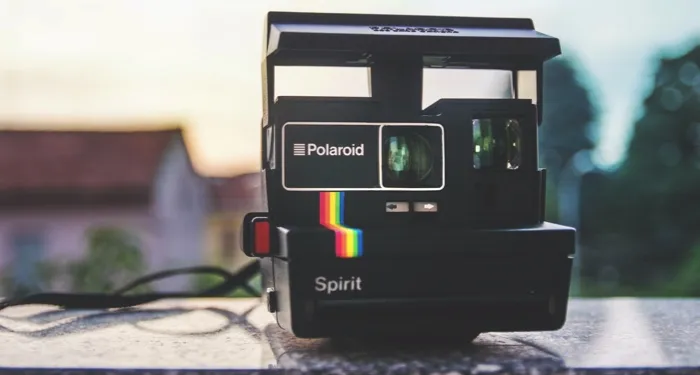
11 Photography Books To Enjoy for Pride
This content contains affiliate links. When you buy through these links, we may earn an affiliate commission.
In late June of 1969, members of the queer community fought back against police raids of gay and lesbian bars in New York City’s Greenwich Village. Fifty-one years later, June is Pride; a unique tribute the queer community both present and past. To honor Pride Day, I have collected 11 queer photography books that celebrate the lives and loves of LGBTQ+ people.
The Los Angeles Review of Books called this “probably the best coffee-table book ever created.” The curators of the Instagram account @lgbt_history created this photo book in 2019. It is a collection of images spanning thousands of years, and creates a powerful argument for learning about the queer past so that we can appropriately honor the future.
In 1983, Kit Kittle started photographing the drag queens in the West Village. The book that Kittle was collecting photographs for was not published due to the AIDS epidemic, but in 2015 it was given new life via Kickstarter. We are all blessed to be able to see the drag community of the 1980s: full of street theater, smiling faces, and some truly spectacular ’80s fashion.
It’s not often in popular culture that butch women are associated with fashion—the stereotype usually includes some combination of flannel shirts, cargo pants, Doc Martens, and a “fuck your fashion” attitude. Powell’s Butch smashes into that stereotype and expands the definition of the term. It is a true art book, fashionable and provocative, asking us to reconsider our preconceived notions of what is “masculine” vs. “feminine” and why we need such definitions at all.
Before the decriminalization of homosexuality, most people in the queer community were forced to live closeted. One might think that implies photographs of queer people in eras past are difficult to find, and to some degree, they can be. But they are out there, and film director Sebastien Lifshitz skimmed flea markets and garage sales to collect a book of photographs of queer couples dating from roughly 1900–1960. If the cover image of two dapper gentlemen in suits, sporting grins and a parasol, doesn’t raise your blood sugar, then I don’t know what can.
In the 13 months since Queer X Design was published, it has become a touchstone for the modern history of the graphic design that accompanies queer movements. It is a collection of originals—the first “The Future is Female” shirt, Baker’s original rainbow flag, Act-Up’s “Silence = Death” poster—that have simultaneously shaped and been shaped by the queer movement over the last 50+ years.
In the 1970s and ’80s, Manhattan’s West Side was covered in crumbling piers and rotting warehouses. No longer used for shipping or industry, it became a gathering place for artists, gay men, prostitutes, and other people relegated to the fringes of society to gather. Alvin Baltrop documented this community in explicit detail. His photographs offer the flip side of the coin to the glitter of Andy Warhol and Studio 54. You can get a taste for Baltrop’s aesthetic in the photographs in “Manhattan’s West Side Piers, Back When They Were Naked And Gay”from NY Magazine in 2015.
Claudia Jares is an Argentinian performance artist and photographer. She brings both skills to bear in this black and white photographic exploration of the lives of different Latin and South American couples across the LGBTQ+ spectrum. Latin America is still largely conservative Catholic, and Jares delves into the closeted history of the Latinx queer community, while also celebrating the growing acceptance of non-heteronormative people.
This is exactly what it says in the title: the NYT went to its archives and gathered a pictorial history of everything from the Stonewall Riots to the Christopher Street Parade in 1970 to marches for trans rights in 2019. The images are contextualized by articles, and provide a rich history of the NYT coverage of events. It is important to note, though, that because the NYT is New York–based, there is not a lot of coverage of West Coast activism. There is also a lack of coverage about people of color in the LGBTQ+ movement, especially in the earlier work. This isn’t a surprise considering the erasure of BIPOC from the historical record in general, but it does need to be addressed on all levels of media, including by the NYT going forward.
Art After Stonewall reflects on the immediate impact of the LGBTQ+ Movement on the art world. It focuses on out artists like Warhol and Mapplethorpe, as well as on the work of artists whose work intersects with queer culture. Many of the artists who helped push the movement forward are largely unknown 50 years later; this work seeks to rectify that loss.
Kike Arnal is an internationally recognized photographer and documentarian. In Bordered Lives, he sheds a heartfelt and humane light on seven transgender people in and around Mexico City, documenting as they move about their daily lives. The goal of this work is to humanize transgender individuals and to challenge preconceptions of beauty in Latin American—specifically Mexican—culture, and by all accounts from readers, Arnal achieves his goal.
As a Bay Area resident, I would be remiss if I didn’t include a book about San Francisco. This is a metropolis that takes its role as a mecca for LGBTQ+ people seriously. That’s not to say that we do not have our own problems (we do), but rather that there are not a lot of other places you can see a drag queen on a unicycle and merely think to yourself, “that’s a new wig since last week!” Daniel Nicoletta is a photographer and icon in his own right in the Bay Area. He has been chronicling San Francisco’s journey since the 1970s, and if you’ve seen any of the iconic photos of Harvey Milk or the stamp from the USPS, you’ve seen Nicoletta’s work.




